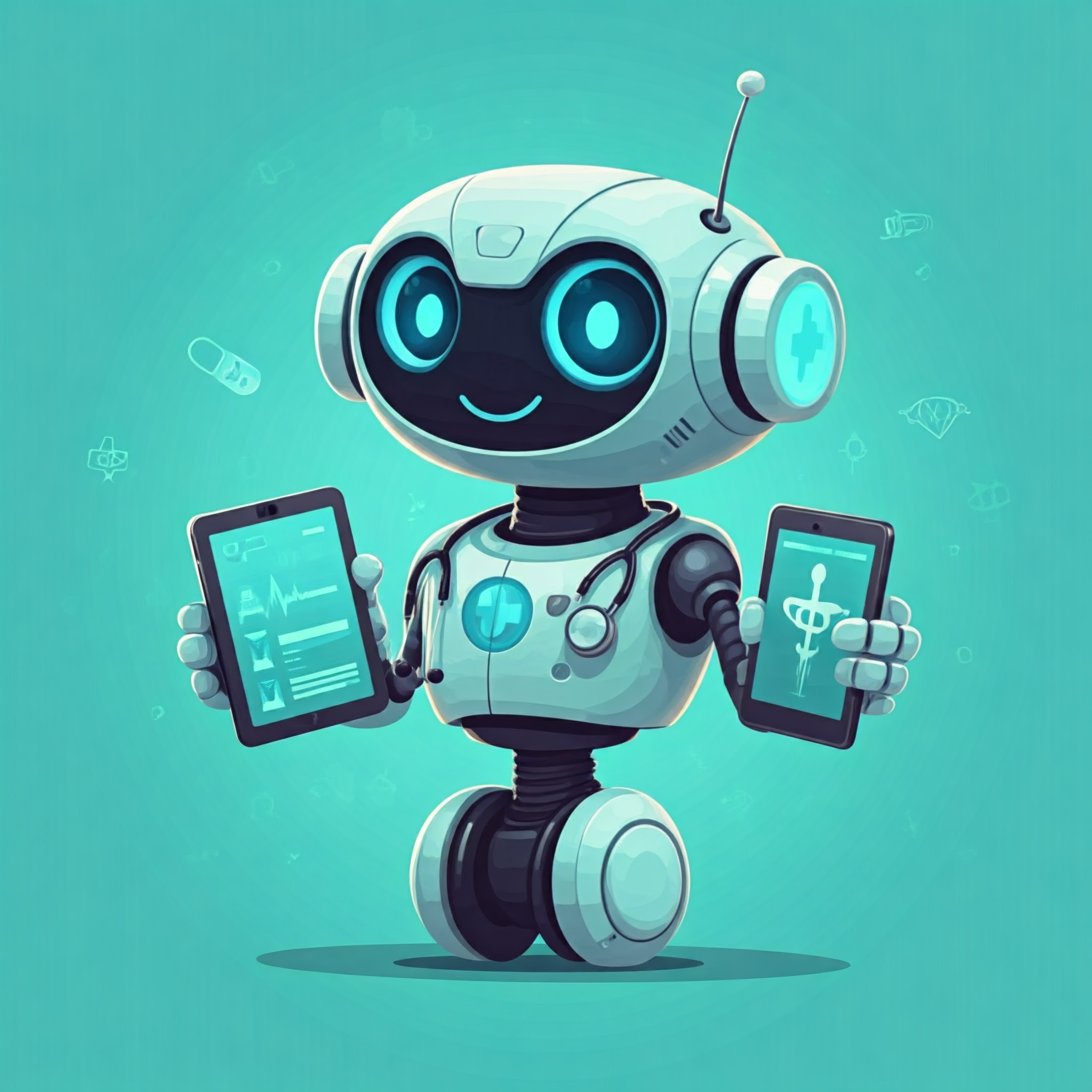HEALTH BOT

Welcome to HealthBot! "An AI-powered healthcare assistant designed to provide personalized health insights, symptom diagnosis, and preventive care advice—all at your fingertips. Whether you're feeling unwell or simply want to monitor your health, HealthBot is here to guide you with expert insights."
Why HealthBot? "In today's fast-paced world, timely and reliable healthcare advice is crucial. HealthBot leverages artificial intelligence to bring instant health support, offering a quick, efficient, and user-friendly way to manage your well-being."
Key Features of HealthBot
- Symptom Checker: "HealthBot helps users quickly assess their symptoms by inputting their details, which are processed through advanced AI algorithms to provide potential diagnoses and next steps."
- AI-Powered Diagnosis: "With access to a vast healthcare dataset and sophisticated machine learning models, HealthBot offers reliable health diagnoses based on symptoms, history, and medical conditions."
- Personalized Health Recommendations: "The HealthBot adapts to individual users, providing personalized health advice, including preventive care tips, fitness suggestions, and lifestyle changes."
- Health Report Generation: "Generate detailed health reports after each session, summarizing diagnosis, recommendations, and suggested next steps to share with your healthcare provider."
- 24/7 Availability: "Available anytime, anywhere—HealthBot is here for you whenever you need assistance, day or night."
How HealthBot Works
HealthBot combines cutting-edge natural language processing (NLP) and machine learning technologies to provide accurate and personalized healthcare advice. Here's a quick overview of how it functions:
- Step 1: Symptom Input Users enter their symptoms or health concerns in the chatbot.
- Step 2: NLP Processing The AI processes the input through NLP to understand medical terminology and map symptoms.
- Step 3: Diagnosis Prediction Our machine learning models use healthcare data to predict potential health conditions and offer advice.
- Step 4: User Recommendations Based on the diagnosis, HealthBot provides recommendations for lifestyle changes, preventive actions, or professional medical help if necessary.
The Technology Behind HealthBot:
- Machine Learning Algorithms: We use supervised learning models trained on real-world medical datasets to predict health outcomes.
- NLP Models: HealthBot employs advanced NLP techniques to understand free text input from users and extract relevant medical data.
- Continuous Learning: HealthBot is designed to improve over time as it learns from user inputs and feedback.
Real-World Use Cases of HealthBot
- Symptom Triage: "When users feel unwell, they can input their symptoms into HealthBot, which provides a preliminary diagnosis and suggests whether medical consultation is necessary."
- Remote Healthcare Assistance: "HealthBot acts as a bridge between patients and healthcare providers, helping people in remote areas receive medical advice when in-person consultation isn't immediately available."
- Chronic Disease Monitoring: "Patients with chronic diseases can regularly check in with HealthBot to monitor their health condition, track symptoms, and receive recommendations on managing their illness."
- Mental Health Support: "HealthBot offers mental health tips, self-care suggestions, and access to resources for users dealing with anxiety, stress, or depression."
Technical Stack Behind HealthBot
-
Programming Languages:
►Python:Used for backend AI models and logic.
►JavaScript:Frontend interactions, including chatbot functionality.
-
AI and ML Frameworks:
►TensorFlow & Keras:For building and training machine learning models.
►Scikit-learn: Used for medical diagnosis and classification tasks.
-
NLP Libraries:
►SpaCy:For understanding and processing user input in natural language.
►NLTK: For tokenization and medical text parsing.
-
Backend:
►Flask/Django: Backend framework for API handling and chatbot integration.
►AWS/Heroku: Cloud hosting and deployment for AI models.
-
Frontend:
►HTML5, CSS3, JavaScript :For structuring and styling the website.
►React.js :For managing dynamic interactions with the chatbot.